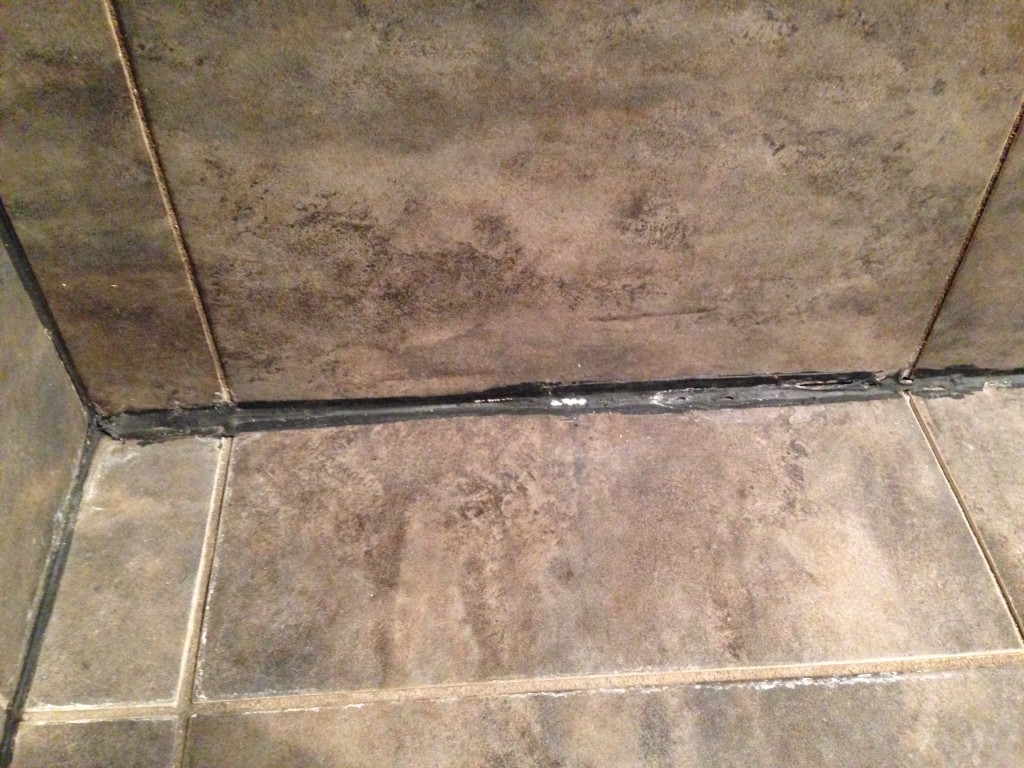Asbestos information
TThe following information is relative to the conditions and legislation in place at the time this document was created (January 2020). If there has been any subsequent changes or amendments to the building legislation governing the identification and removal of Asbestos within Residential Structures after January 2020, then obviously these changes would not be reflected in this information and furthermore some information may not be accurate and in line with the most up-to-date legislation in place for this reason.
In view of this, we have a legal obligation to advise you, that you must not act on the information without first making further enquiries yourself, specifically in relation to what current legislation is in place for the identification and removal of Asbestos within Residential Structures, in order to determine that it reflects the information we are providing in this document.
General information on Asbestos and its relationship with Residential Structures
There are two kinds of Asbestos:
1. Bonded (by cement or resin)
Bonded Asbestos is also referred to as Class B type Asbestos and was used very commonly in residential properties right up until 1983 for internal linings and 1988 for roofing materials, at which time they were subsequently made illegal for use within residential properties, by changes made in statutory law.
Bonded Asbestos materials are considered to be considerably safer than Fibrous Asbestos, as they are not airborne and adversely any Asbestos material is bonded and contained within other materials (normally bonded by cement or resin and within sheeted linings and roof cladding etc).
Advice from the authorities on this material (CSIRO & Queensland Health amongst others) clearly states that any materials that are bonded with Asbestos are not dangerous and are not considered a health hazard to people, unless the material is damaged or broken in some way, at which time the bonded Asbestos could be released and become a health hazard.
2. Fibrous (airborne and not bonded)
Fibrous Asbestos is very rarely encountered in residential properties and is more associated with commercial and government departments e.g. Navy. This form of Asbestos is incredibly dangerous, as it is not contained in any way and is airborne.
Areas where Asbestos can be found in residential properties
There are several areas where the material Asbestos can be found at residential properties which are constructed before 1983 (internal wall and ceiling linings mostly) or 1988 (soffit linings).
In fact, it is very unusual not to identify the material during inspections, for any property there has been built before these years. If a residential property that we are inspecting has been constructed prior to 1983 or 1988 and there is no evidence of the material Asbestos being in place, this is usually because the property has been significantly renovated and the material has been removed from the structure during the renovation.
There are very rare occasions where properties have been built before these years and no Asbestos was used during the construction.
Please refer below some of the more common areas where asbestos can be found within residential structures:
• Roof cladding material, including gutters
• Soffit linings
• Exterior cladding for the property
• Sewer ventilation pipes
• Internal wall and ceiling linings, particularly with the wet areas
• Older floor tiles
• Flooring substrates
• Electrical meter box areas.
• Fence cladding material
Key legislation for Asbestos
Identifying Asbestos
• The identification of any Asbestos is excluded from the Australian Standard for Building Inspections, under appendix D, part P.
• In view of its significance however, and to ensure they meet their Common Law/Duty of Care obligations, a good inspection company should comment on where they believe the material may be present at a property they are inspecting – notwithstanding the need to legally disclaim any comments they make.
• From a legal perspective (Workplace Health and Safety Regulations), the only accepted method of determining whether or not a property contains Asbestos materials, is to have a sample of the material scientifically analysed by an appropriately (NATA National Association of testing authorities) accredited laboratory.
Removing Class B Asbestos from residential properties
• The main legislation that governs the manner in which Asbestos is to be identified and removed within residential properties is within the Work Health and Safety Act and the Work Health and Safety Regulations 2011.
• For some peculiar reason, the current legislation in place allows for any individual to remove up to 10 square metres of class B type Asbestos material within a residential structure, with there being no requirement to hold any government license to do so.
• The current legislation stipulates that for any amounts of class B type asbestos removal which exceed 10 m², a qualified and licensed asbestos removal individual or company must be engaged.
Summary
• Materials containing Asbestos were very commonly used within residential structures, up until the years they were banned for use, with the enactment of some new QLD Statute Law. This was 1983 for any internal linings and 1988 for roofing materials and soffit linings.
• There are two kinds of Asbestos commonly used, these being referred to as Class B, bonded Asbestos, which is the kind used within the residential structures and Class A, non-bonded/fibrous type, which is very rarely found within residential structures.
• According to the authorities on materials that contain bonded Asbestos (some of which include Queensland Health and the CSIRO) all state that the materials are safe and not a health risk to people, or occupants of a property. They state that the only occasion when Class B bonded type Asbestos can become a health risk is on occasions when the material is damaged in some way, and the bond is broken, at which time Asbestos fibres within the material would have the potential to be released and become a very serious health hazard to any occupants of the property (when any Asbestos fibres are inhaled, they have the potential to cause cancer known as Mesothelioma, which develops in an individual decades after fibres are originally inhaled.
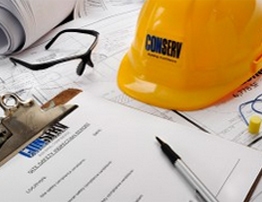



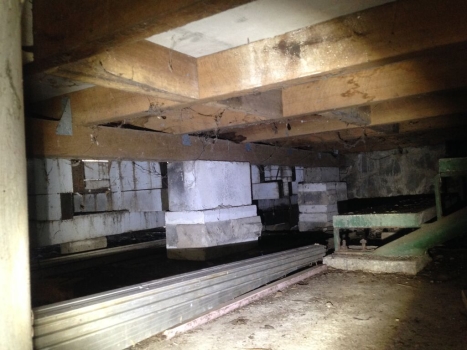


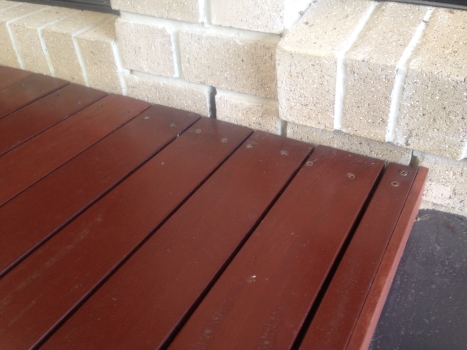
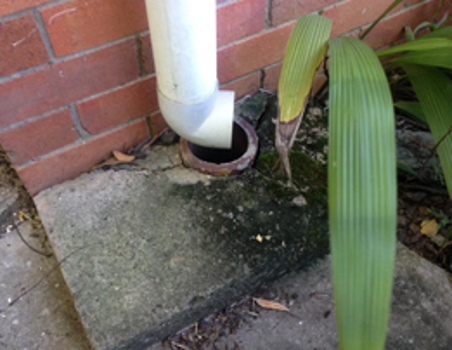 All too often during our inspections we identify areas which are conducive to the collection of retained ground moisture near a structure. Elevated moisture levels are known to provide conditions favourable to Timber Pest activity, particularly termites, and it is vital that every effort be made to avoid these risks. The most common causes of retained ground moisture are inadequate surface water drainage, downpipes not connected to drainage outlets, no gutters in place for roofing areas, outlet pipes for air conditioners, relief and overflow valves for hot water cylinders, corroding and join leakages of gutters and downpipes, defective or incomplete flashing and plumbing for rainwater tanks leaking. These are all issues which can be, and should be rectified, if they are in existence at a property.
All too often during our inspections we identify areas which are conducive to the collection of retained ground moisture near a structure. Elevated moisture levels are known to provide conditions favourable to Timber Pest activity, particularly termites, and it is vital that every effort be made to avoid these risks. The most common causes of retained ground moisture are inadequate surface water drainage, downpipes not connected to drainage outlets, no gutters in place for roofing areas, outlet pipes for air conditioners, relief and overflow valves for hot water cylinders, corroding and join leakages of gutters and downpipes, defective or incomplete flashing and plumbing for rainwater tanks leaking. These are all issues which can be, and should be rectified, if they are in existence at a property.




